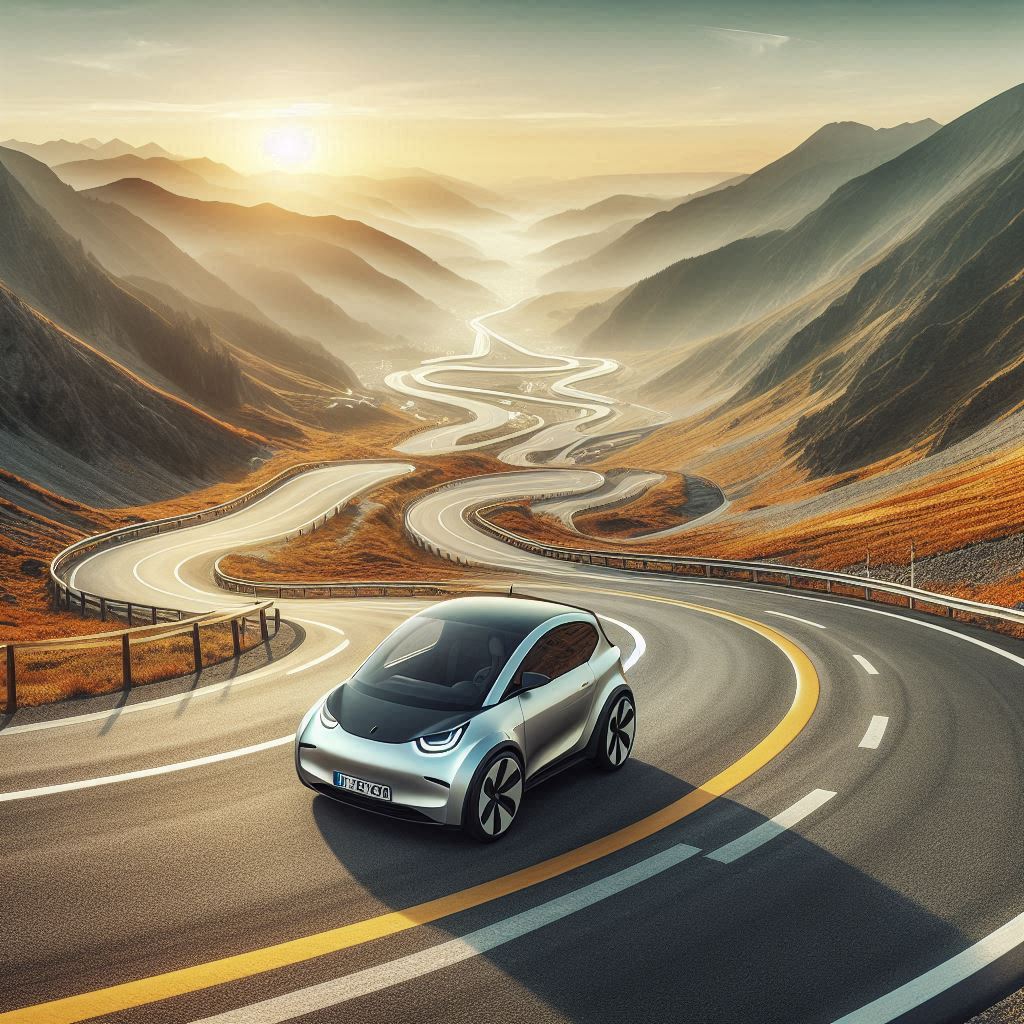Electric, hybrid or hydrogen? There’s been a lot of debate over what ype of vehicles everyone should drive. The new fuel efficiency standards require cars to be more efficient and to reduce greenhouse gas emissions.
Traditional internal combustion engines (ICEs) will gradually be replaced by more eco-friendly alternatives, including electric vehicles (EVs), hybrid vehicles (HEV or PHEV), and fuel cell vehicles (FCV).
ICE vehicles are going to be available for a long time yet, so there are choices of vehicle type for the foreseeable future. Let’s delve in a bit more depth in each of these electric hybrid or hydrogen cars.
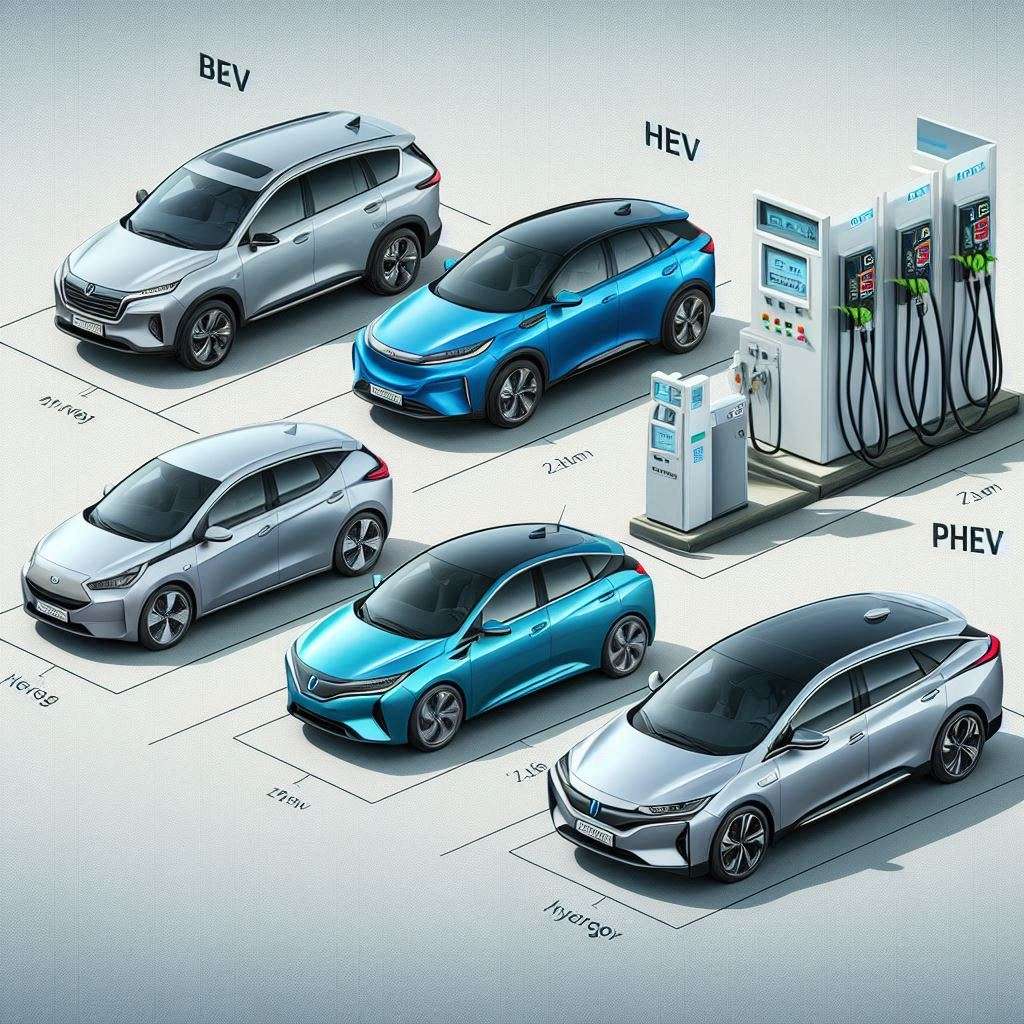

Electric Vehicles (EVs)
EVs, sometimes known as Battery Electric Vehicles (BEVs), are powered solely by electricity stored in a battery pack. Electric cars produce zero tailpipe emissions and as they charge from an external source of electricity. External source could be home chargers or public charging infrastructure. EVs have great efficiency, low operating costs, and smooth, quiet ride.
While the EV itself doesn’t produce emissions, the production of electricity used to charge EVs may generate greenhouse gases (GHGs), depending on the source of power. For instance, coal or natural gas power plants emit carbon pollution, whereas renewable resources like wind or solar do not.
Despite this, research shows that an EV is typically responsible for lower levels of GHGs than an average ICE car. The manufacturing of EVs, particularly the batteries, can also create more carbon pollution than manufacturing ICE cars. But over the lifetime of the vehicle, total GHG emissions associated with manufacturing, charging, and driving an EV are typically lower than the total GHGs associated with an ICE car.
Hybrid Vehicles
Hybrid vehicles, or Hybrid Electric Vehicles (HEVs), combine an internal combustion engine with an electric motor. The electric motor assists the engine, reducing fuel consumption and emissions. Hybrids can’t be plugged in to charge; instead, the battery gets it’s charge from regenerative braking and from the fossil fuel engine. Almost all of the energy produced in a hybrid car comes from the internal combustion engine in the car, which produces GHGs.
As hybrids don’t have inherent charging capability they can’t take advantage of green renewable energy sources such as wind, solar or hydro. While hybrids offer improved fuel efficiency compared to conventional vehicles, they still burn gasoline and emit exhaust into the atmosphere. Hybrids will reduce emissions in stop and go driving, by harnessing braking energy and running off the battery whenever possible.
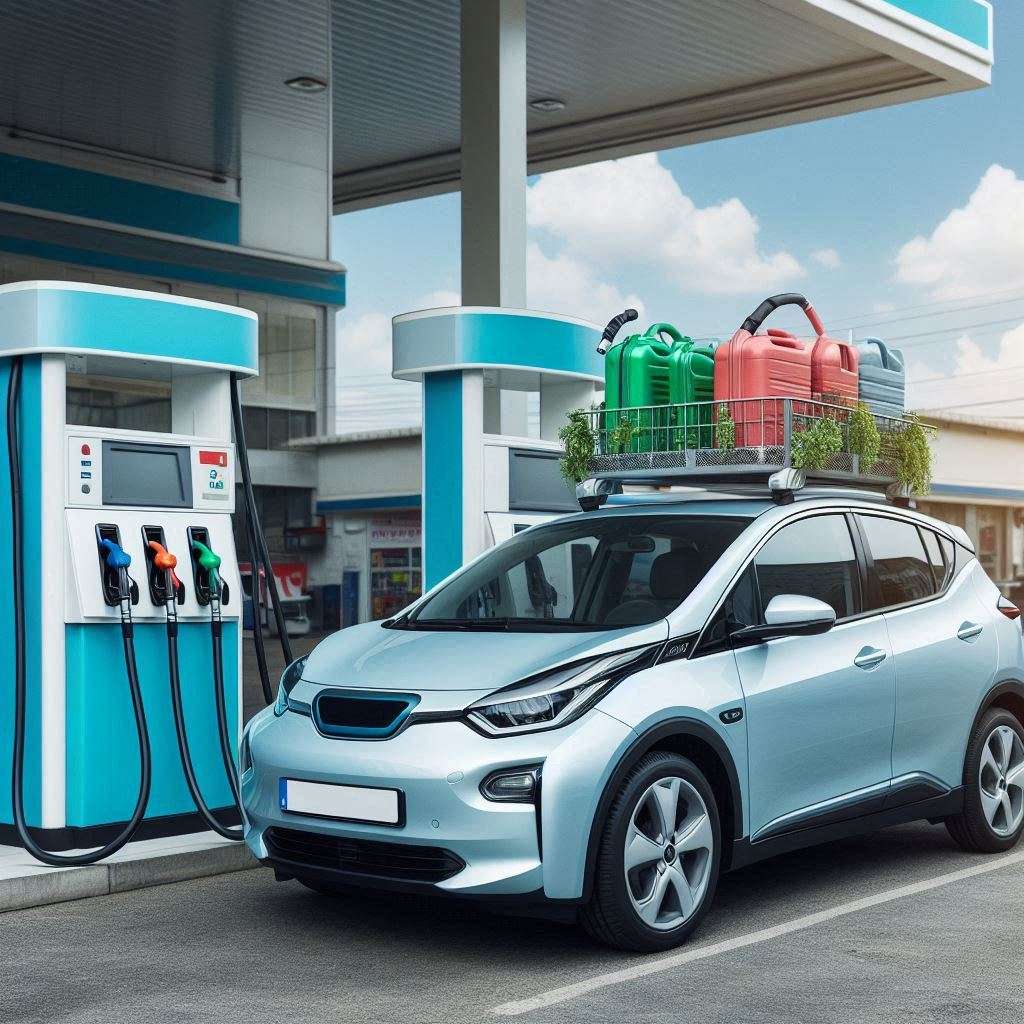
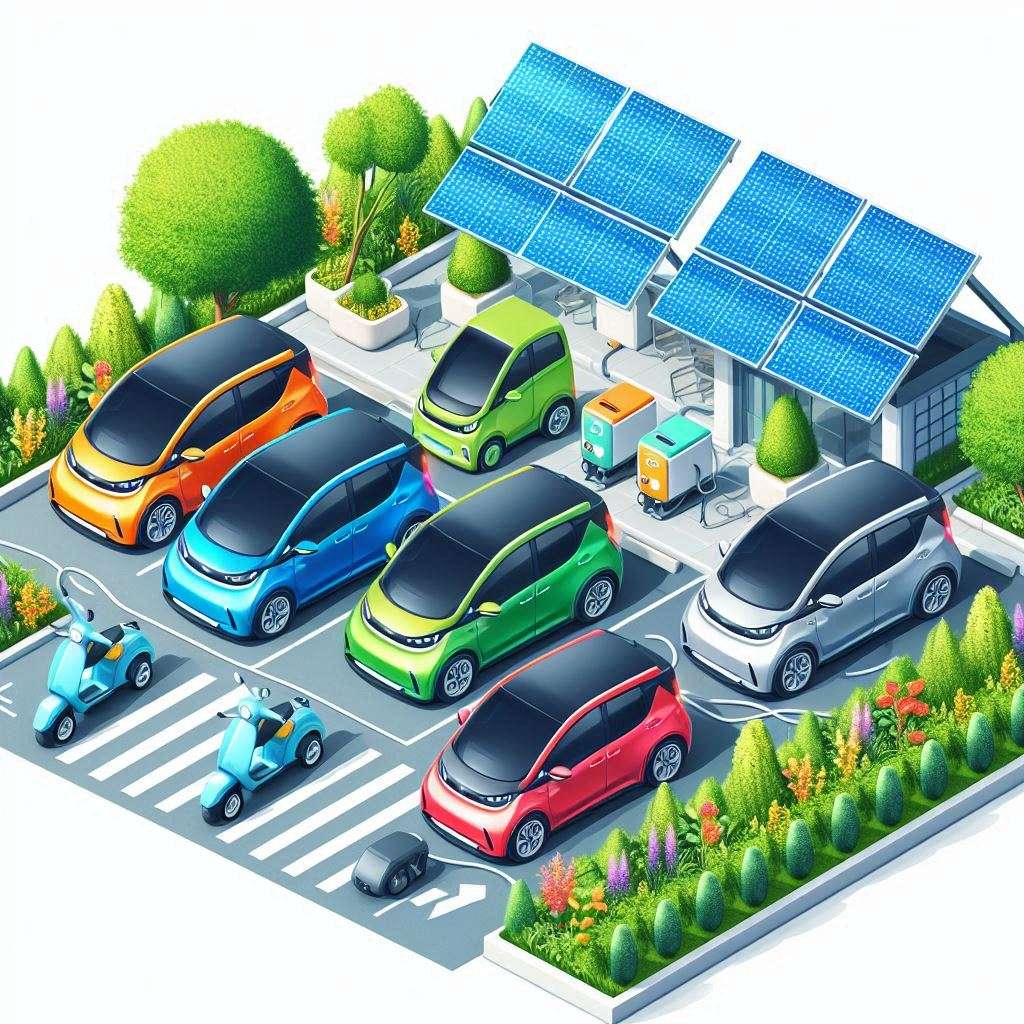
Plug-in Hybrid Vehicles (PHEVs)
PHEVs step it up from traditioinal hybrids by adding a plug to charge the battery, just like a BEV. This mean at least some of the drive is pure electric. If the battery goes flat, then the engine kicks inlike a conventional hybrid. PHEVs offer greater electric range than regular hybrids but still have the security of an ICE for longer trips.
The ICE needs to be run regularly to keep it well lubricated and functioning. I’ve heard of people only fuelling a few times a year, just running the ICE enough to keep it in good condition. Having both electric and internal combustion engines means hybrids are more complicated.
The environmental impact of a plug in hybrid depends on how often you power it with fuel vs. electricity. Remember the ICE does need to be run regularly to prevent it ceasing up when needed.
Fuel Cell Vehicles (FCVs)
FCVs, aka hydrogen cars, generate electricity using a hydrogen fuel cell, rather than being plugged into the grid. They emit only water vapor and warm air, making them a zero-emission vehicle. However, the infrastructure for hydrogen refueling is less developed than charging infrastructure for EVs and PHEVs.
Hydrogen requires distribution from production sites is similar to other fuels. Just like petrol distribution, this is inefficient. Simply sending electricity across the grid is way more efficient and far less prone to trucks full of volatile gases getting into accidents. In the future, hydrogen production could be decentralised. Producing large quatitites at distribution sites could prove difficult though.
The production of hydrogen for FCVs can generate GHGs, depending on the production method. Today 95% of hydrogen is produced by thermal reforming of fossil fuels. Thermal reforming requires large amounts of heat and steam production which is inherently inefficient.
The small amount of hydrogen produced using electrolysis, requires large amounts of electricity. Electrolysis is inefficient, requiring 4 or 5 times the electricity per kilometer compared to a BEV. Cleanliness of electrolysis depends on the source of the electricity.
Solar and biological methods of producing hydrogen are still maturing and only account for very small production at this stage.
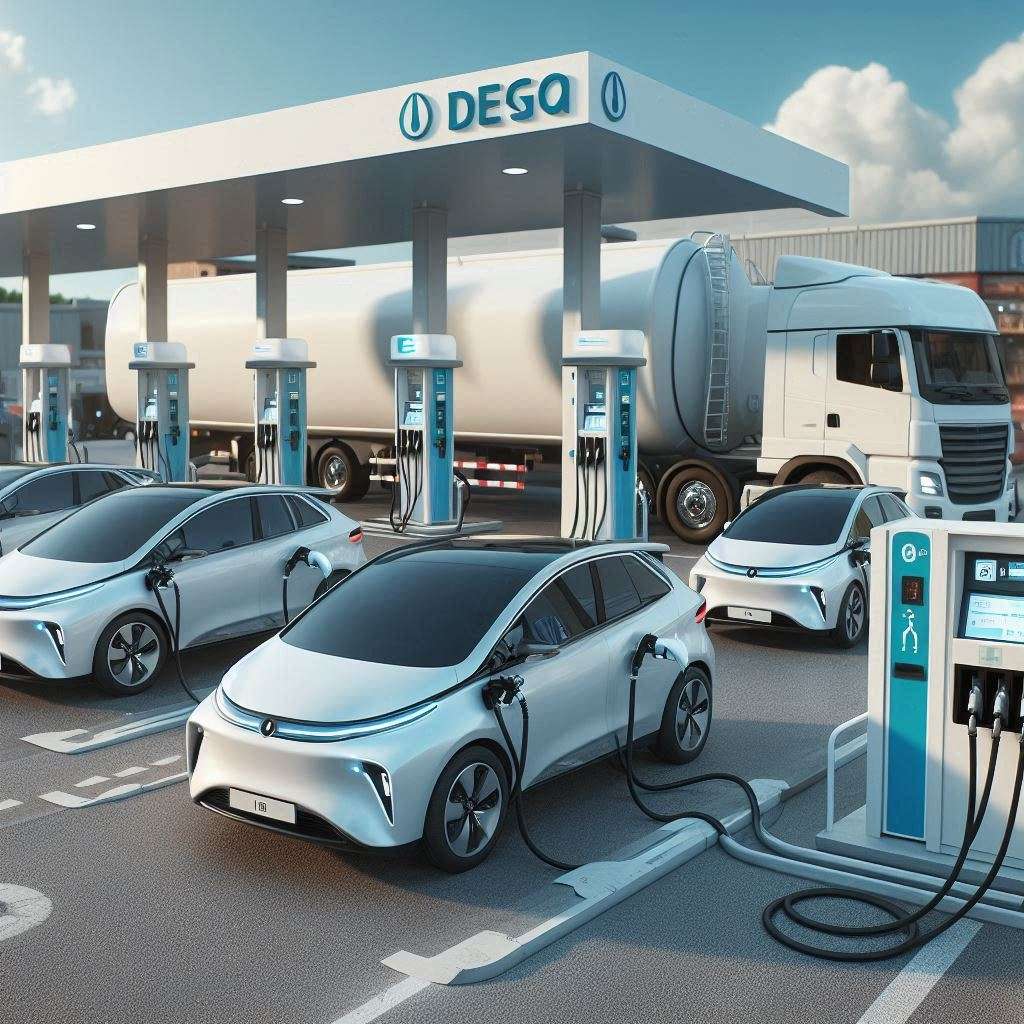
Conclusion
Each of these electric hybrid or hydrogen vehicle types has its own set of advantages and challenges. EVs and PHEVs benefit from low operating costs and zero or reduced tailpipe emissions but require access to charging infrastructure. Hybrids improve fuel efficiency without charging, making them popular for those who aren’t ready to give up fuelling at a station. FCVs offer quick refueling and long range but are limited by lack of refueling stations. Hydrogen is also currently inefficient to produce.
Choosing between an EV, a hybrid, or a fuel cell vehicle will depend on various factors, suchn as driving habits, budget, and access to charging or refueling infrastructure. By understanding the differences, you can make an informed decision about which type of vehicle is right for you.
While all these types of vehicles have a smaller carbon footprint than conventional ICE cars, each has its own environmental considerations. The choice between an EV, a hybrid, or a fuel cell vehicle will depend on various factors, including your driving habits, budget, and access to charging or refueling infrastructur

